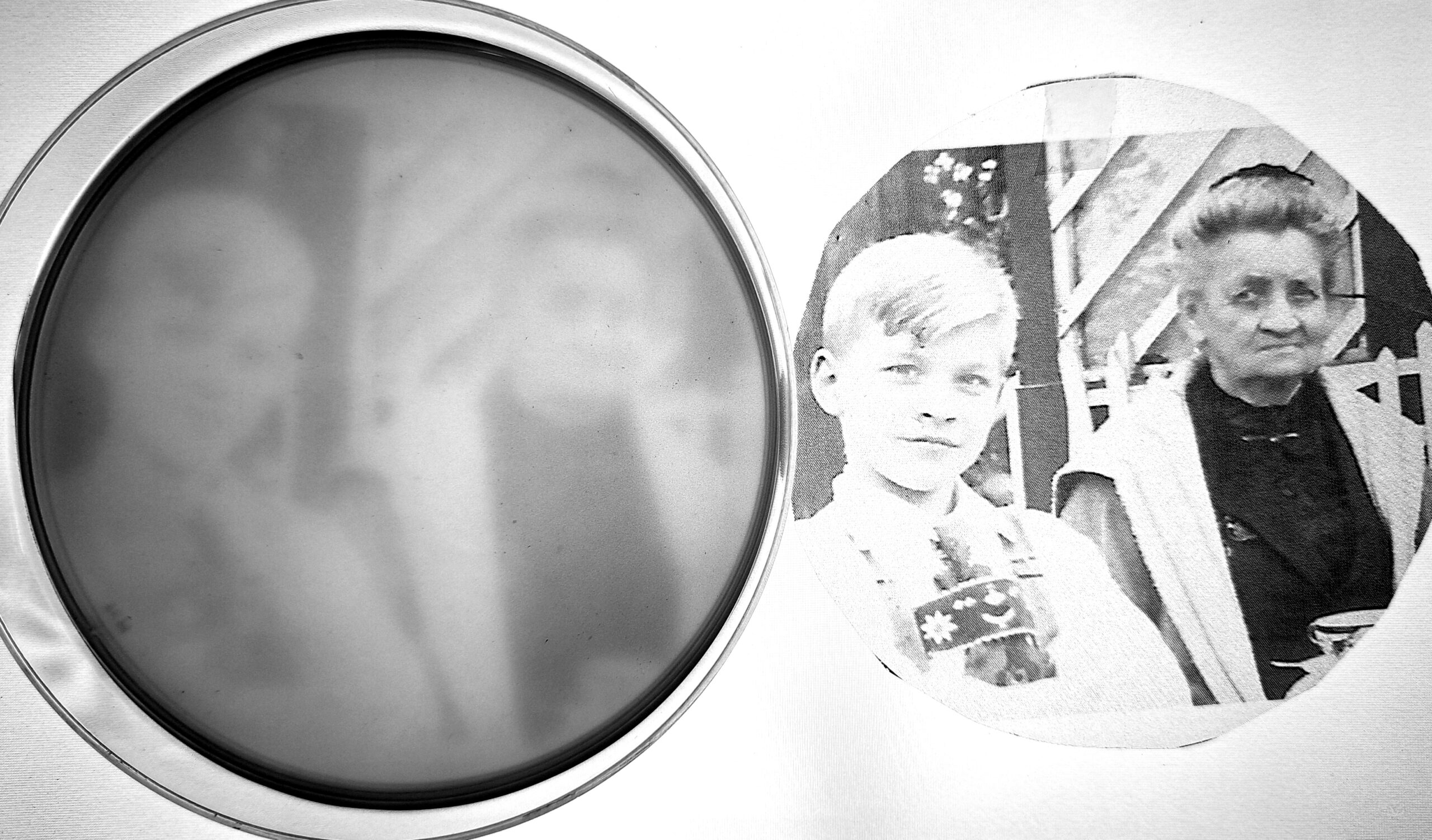Fecal microbiota transplantation (FMT) is the process where fecal matter is administered as a liquid solution from a donor to a recipient’s gut. While FMT is being tested as a treatment option for a wide range of gut diseases, the regimen was first used to treat Clostridium difficile gut infections. Gut infections by this pathogen have been increasing in frequency over the past few decades. Infections by C. difficile cause diarrhea and other debilitating symptoms through diverse mechanisms such as the expression of toxins. The success of FMT in treating C. difficile infections has led to its support within clinical practice guidelines. Several mechanisms have been proposed for FMT’s efficacy against C. difficile infections, including antimicrobial peptide activity, inhibiting spore formation, and facilitating colonization resistance.
In today’s special post, I have the honour of beginning a series of interviews with some of the thought leaders speaking at the upcoming conference. The first of these is Dr. Sahil Khanna, Professor of Medicine at the Mayo Clinic. His research centers on using FMT to treat C. difficile infections. At the microbiome and probiotic conference in Miami, he will also give a talk focused on microbiome restoration therapies. Dr. Khanna is thus the perfect person to speak into FMT and C. difficile infections further. Find below a transcript of the conversation I had with him about the future of FMT and his participation in this year’s conference.
Q: What makes Clostridium difficile infections so dangerous? What distinguishes it from Salmonella or another kind of infection?
A: Clostridium difficile is a dangerous gut pathogen. On top of causing diarrhea, the pathogen drives a wide array of comorbidities such as inflammatory bowel disease that translates to high hospitalization and mortality rates. What makes C. difficile stand out as a pathogen, however, is the recurrence of these infections even after intense treatment. If you are infected with Salmonella, a single round of antibiotics will eradicate the pathogen and you won’t have it back again. That’s not the case with C. difficile. Even if the C. difficile cells were killed, the pathogen can form spores that resist antimicrobial treatment and germinate into living cells. That, combined with the deleterious effects that antimicrobial treatment has on the gut microbiota increases the risk of recurring infections with each instance.
Q: What should one consider when implementing sequencing-based methods to screen for pathogens in potential FMT donors?
Implementing a screening tool for pathogens in FMT donors is essential. As a case in point, I would like to point to the 2019 study published in the New England Journal of Medicine. There, two recipients experienced bacteremia, one of whom passed away. This was induced by a strain of E. coli that produces extended-spectrum beta-lactamases (ESBL) present in the donor, who experienced no symptoms.
Sequencing represents one possible approach to screen for these pathogens in FMT donors. However, the biggest challenge we have with using sequencing lies in its logistical constraints. It can take weeks after collecting a stool sample to deep sequence a sample and detect a specific pathogen. More importantly, we already have PCR-based methods to detect a large panel of over 20 gut pathogens. These assays can give us same-day diagnostics to include or exclude a donor from donating fecal matter for an FMT procedure. As such, we need to first reduce the time required to process sequencing data before we can use it for pathogen screening.
Q: What should one consider when implementing sequencing-based methods to screen for pathogens in potential FMT donors?
A: C. difficile infections have a clear set of symptoms that subside with successful treatment. These include frequent watery diarrhea, abdominal cramps and pain, rapid heart rate, kidney failure, nausea, and fever. Such is not the case with other diseases such as Crohn’s disease and ulcerative colitis, where diverse phenotypes and severities are observed. Additionally, we don’t fully understand whether the dysbiosis in the gut microbiota causes the disease or whether the disease precedes the dysbiosis. These problems make it more difficult to generate robust clinical trials that closely examines the long-term efficacy of FMT against these diseases. While we are making progress with live biotherapeutic products (LBPs), we are still some ways away because we have yet to solve these mechanistic questions.
Q: What is the most important takeaway point you want your audience to have when they listen to your talk?
A: My talk focuses on ensuring the safety of microbiome-based therapies. There are many questions surrounding this topic, and I will use the treatment of C. difficile infections with FMTs as a case study to delve deeper into this. I want people to realize that they need to think about the many steps involved with developing a microbiome-based therapeutic. At the end of the day, while we need FMTs and probiotics to be effective, safety comes first to prevent instances of deadly side effects like what we saw with the patient infected by ESBL E. coli.
Q: What are you looking forward to the most in your attendance of this year’s conference?
A: The upcoming microbiome & probiotic conference is a place where scientists and industry leaders come together to discuss the latest developments in the probiotic field. I am particularly eager to know where the advancements in understanding the science behind probiotics and the gut microbiome have been made. I am also excited to learn how close we are to translating these advances to future probiotic therapeutics going forward.
Author
-

Paul Naphtali is a seasoned online marketing consultant. He brings to the table three years of online marketing and copywriting experience within the life sciences industry. His MSc and PhD experience also provides him with the acumen to understand complex literature and translate it to any audience. This way, he can fulfill his passion for sharing the beauty of biomedical research and inspiring action from his readers.
View all posts




